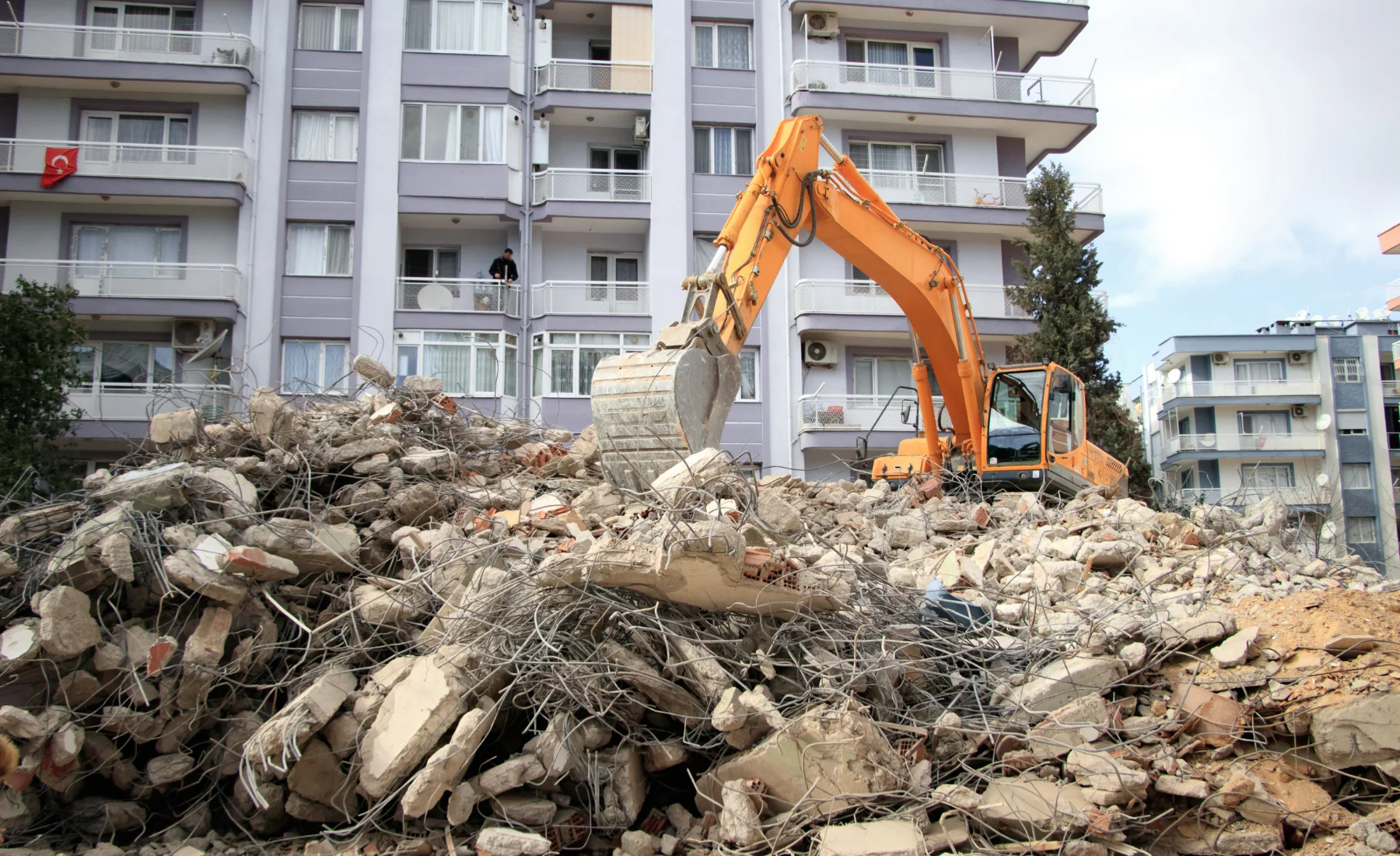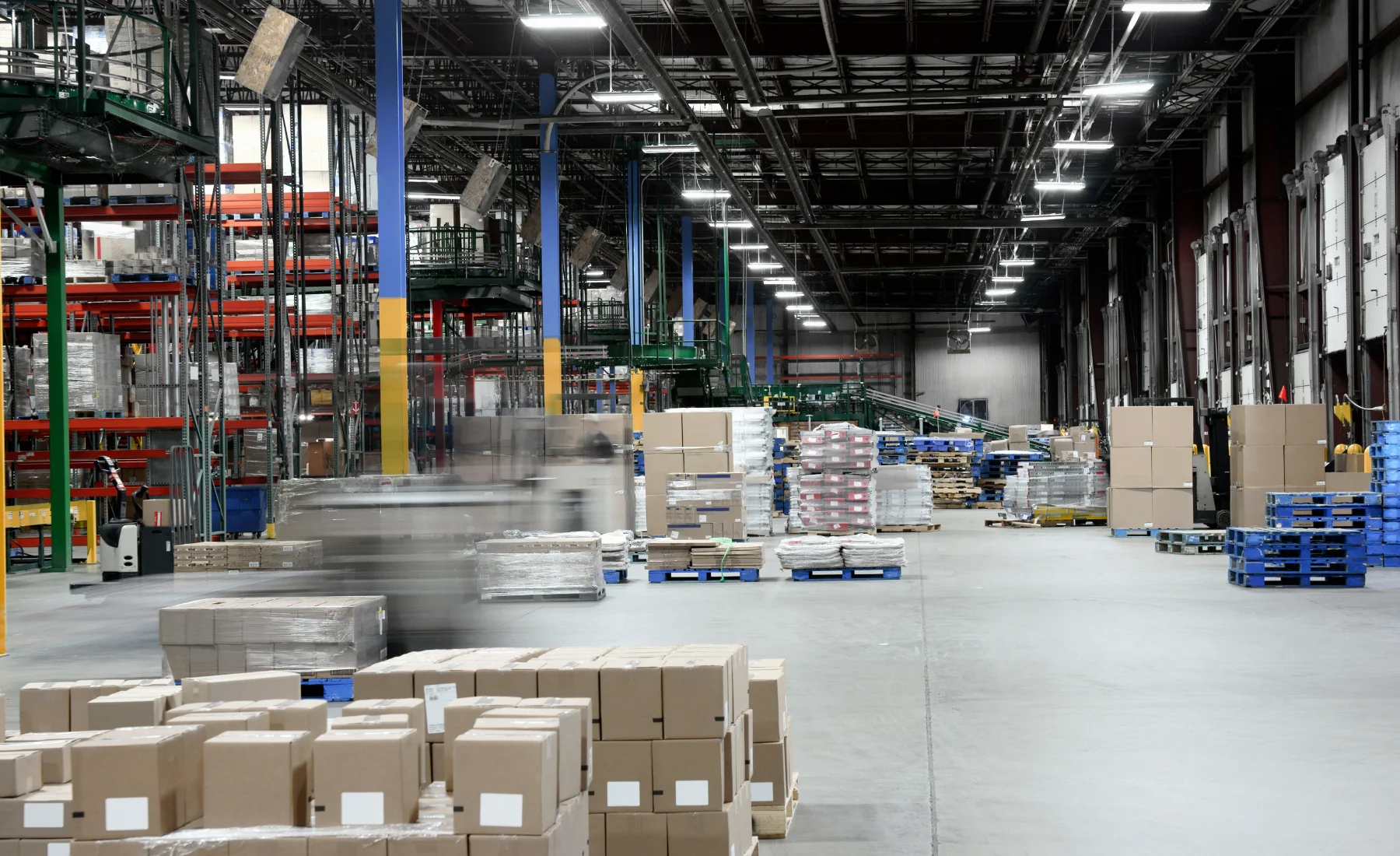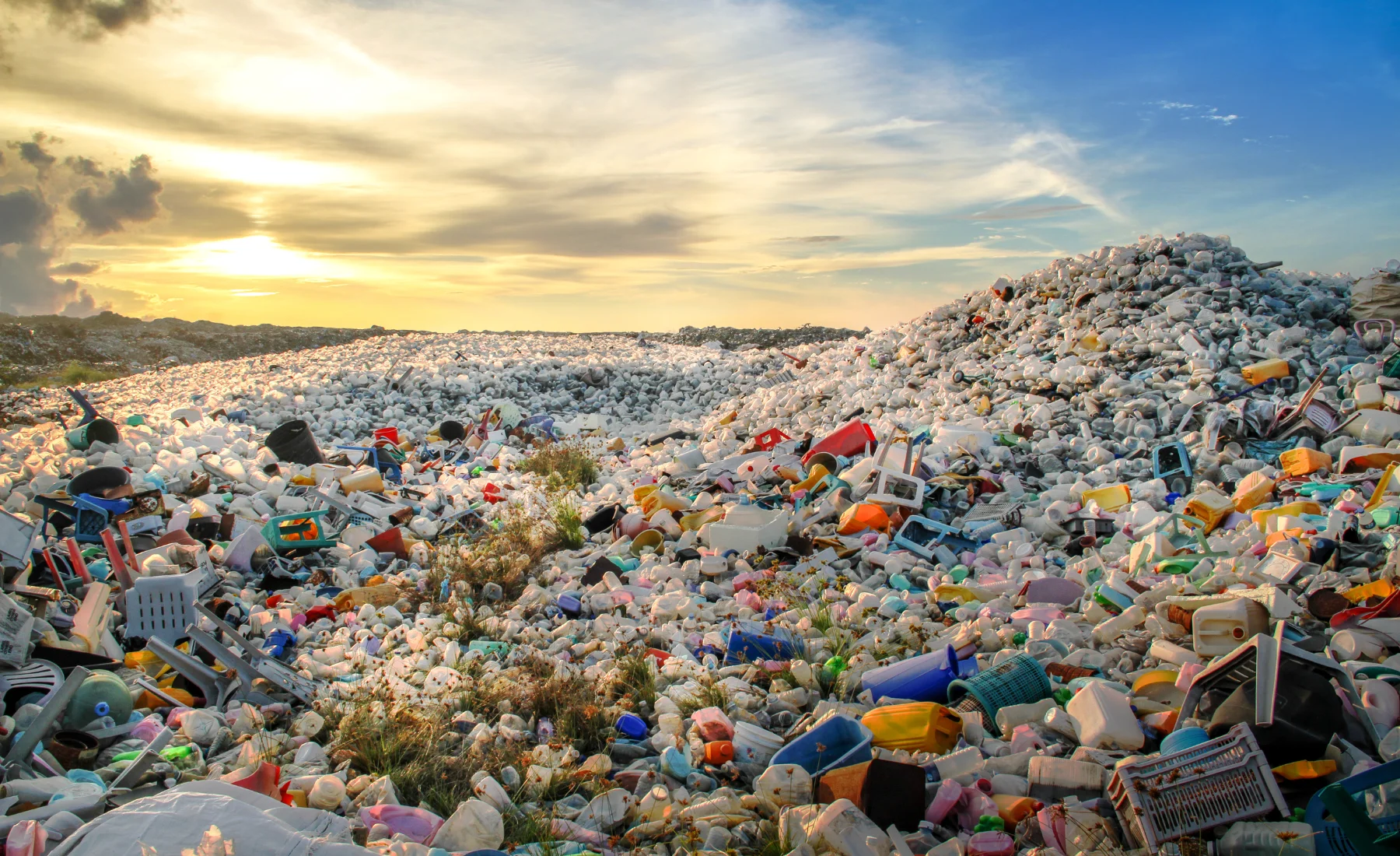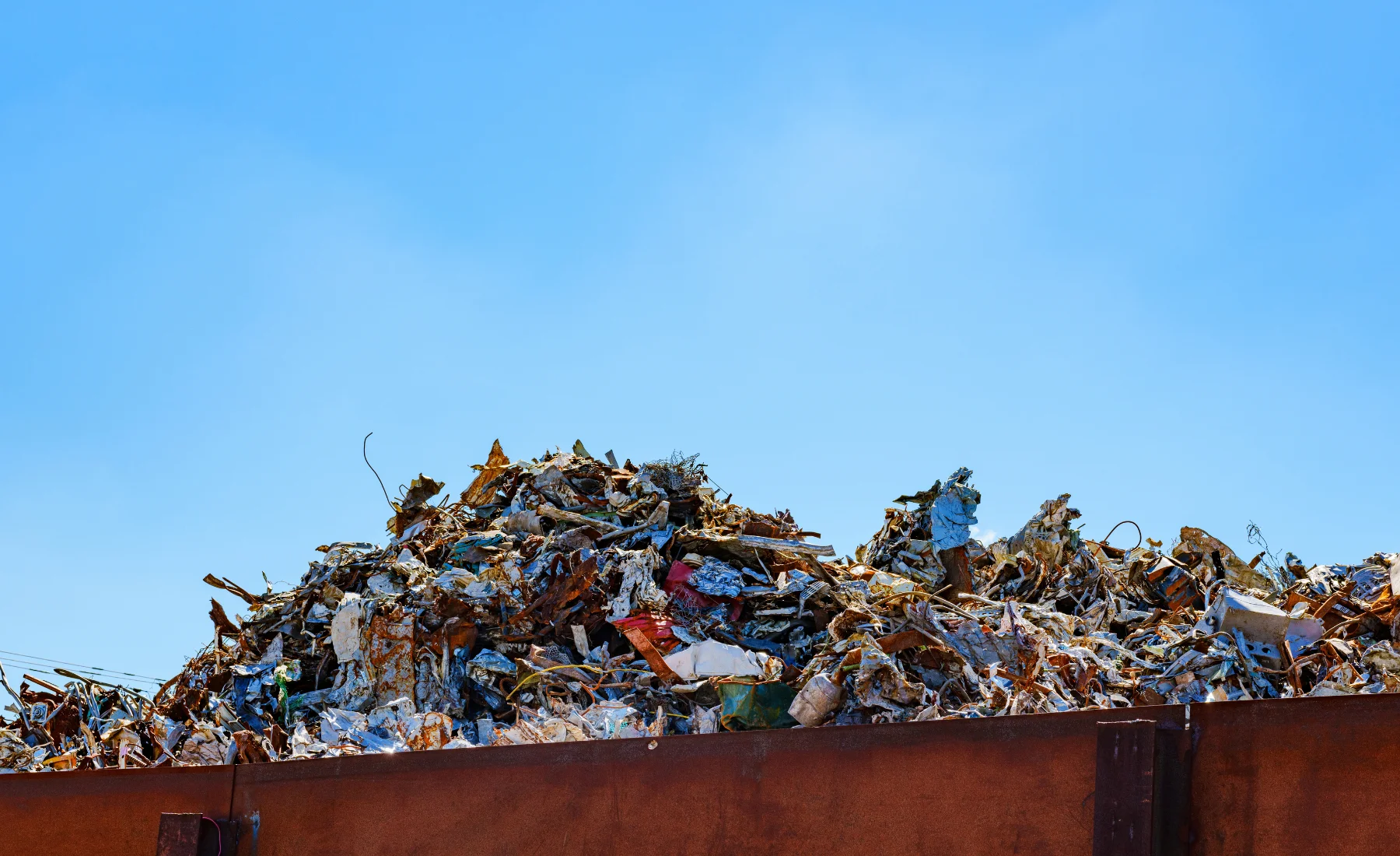Construction sites are inherently dynamic environments, characterized by constant activity and the generation of diverse waste streams. From demolition debris to packaging materials and excess building supplies, managing this waste efficiently is crucial for project timelines, budget control, and environmental compliance. While waste compaction is a proven method for volume reduction, its optimization requires a nuanced approach that considers the unique characteristics and waste generation patterns of different project phases. This article explores how construction site waste management can be enhanced by strategically optimizing compaction for each phase of a project, drawing on government guidelines, academic research, and industry best practices.
The Phased Nature of Construction Waste
A construction project typically progresses through several distinct phases, each with its own set of waste management challenges:
- Demolition Phase: Characterized by large volumes of concrete, asphalt, masonry, wood, and metal from existing structures. This phase often generates the heaviest and bulkiest waste, requiring specialized handling and disposal methods.
- Excavation and Site Preparation Phase: Primarily involves soil, rock, and vegetative waste. While much of this can be reused on-site, excess materials need efficient management.
- Foundation and Structural Phase: Generates concrete, rebar, and formwork waste. These materials are often dense and can quickly fill up traditional waste containers.
- Enclosure and Rough-in Phase: Produces waste from framing, roofing, plumbing, electrical, and HVAC installations (e.g., wood scraps, insulation, wiring off-cuts). This waste tends to be lighter but can be very bulky, taking up significant space.
- Finishing Phase: Involves smaller but diverse waste streams from drywall, flooring, painting, and fixture installation (e.g., drywall scraps, tile pieces, paint cans, packaging). Although smaller in volume, these materials can be complex to sort and dispose of.
Understanding these distinct waste profiles is key to implementing effective compaction strategies. Each phase presents unique opportunities and challenges for waste reduction and efficient disposal, making a tailored approach essential for maximizing the benefits of compaction.
Optimizing Compaction for Each Project Phase
The type of waste generated in each phase dictates the most effective compaction approach, ensuring that the right equipment and strategy are applied to achieve maximum volume reduction and cost savings:
1. Demolition Phase: Heavy-Duty Compaction
This phase demands robust compaction solutions due to the sheer volume and density of materials. Mobile compactors are ideal here, as they can be brought directly to the demolition site to crush concrete, brick, and other heavy debris within large roll-off dumpsters [1]. This significantly reduces the number of hauls required, leading to substantial cost savings on transportation and landfill tipping fees. The ability to compact on-site also minimizes the need for multiple large containers, freeing up valuable space on the construction site. Furthermore, on-site crushing and recycling of concrete can be considered to reduce waste further, transforming demolition debris into reusable aggregate, which aligns with circular economy principles and reduces the demand for virgin materials.
2. Excavation and Site Preparation Phase: Volume Reduction for Organic/Inert Waste
While soil and rock are often reused on-site or transported as fill, vegetative waste (trees, shrubs) can be bulky and pose disposal challenges. Mobile compactors can be used to densify green waste, reducing its volume for more efficient transport to composting facilities or biomass energy plants. This prevents large, uncompacted piles from occupying valuable site space and reduces the frequency of hauling. For inert materials like excess soil that cannot be reused on-site, compaction can still optimize transport efficiency, especially when dealing with large volumes.
3. Foundation and Structural Phase: Compacting Mixed Construction Debris
This phase generates a mix of concrete remnants, rebar off-cuts, and wood from formwork. While concrete and rebar can often be recycled, the remaining mixed debris benefits from compaction. Stationary or mobile compactors can be used to consolidate these materials, maximizing dumpster capacity and reducing collection frequency. Proper segregation at the source is crucial to ensure recyclable materials are not contaminated and can be effectively diverted from landfills [2]. Implementing clearly marked bins for different waste streams at this stage can significantly improve recycling rates and reduce overall disposal costs.
4. Enclosure and Rough-in Phase: Managing Lighter, Bulkier Waste
Waste from framing, insulation, and MEP (mechanical, electrical, plumbing) rough-ins tends to be lighter but can be very bulky. Examples include wood scraps, insulation off-cuts, and plastic conduit. Vertical or stationary compactors can be highly effective for these materials, significantly reducing their volume and allowing more waste to fit into each container. This is particularly beneficial for reducing the number of dumpsters needed on-site, thereby minimizing rental costs and improving site logistics [3]. The reduced volume also means fewer trips for waste haulers, contributing to lower transportation emissions and fuel consumption.
5. Finishing Phase: Compacting Packaging and Drywall
The finishing phase generates a variety of smaller waste items, often dominated by packaging materials (cardboard, plastic film) and drywall scraps. Dedicated compactors for cardboard and other recyclables can be highly effective, facilitating clean and efficient recycling streams. For mixed finishing waste, smaller, more versatile compactors can still provide significant volume reduction, ensuring a clean and safe site as the project nears completion. The focus here is on maintaining a tidy work environment and optimizing the disposal of diverse, often lightweight, materials.
General Compaction Best Practices for Construction Sites
Regardless of the project phase, several overarching best practices enhance the effectiveness of compaction and overall waste management on construction sites:
- Comprehensive Waste Management Plan: Develop a detailed waste management plan at the outset of the project, outlining all anticipated waste streams, their estimated volumes, proposed disposal methods, and specific compaction strategies for each phase [4]. This plan should also include clear responsibilities for waste management personnel and a system for tracking progress.
- On-Site Segregation and Clear Labeling: Implement clear and accessible segregation stations for different waste types. This maximizes recycling opportunities and ensures that only appropriate materials are compacted. Clearly labeled bins for concrete, wood, metal, cardboard, and mixed debris are essential for effective source separation.
- Strategic Container Placement: Position waste containers and compactors in easily accessible locations that minimize travel distance for workers and allow for efficient operation by mobile compactors or hauling trucks. Poorly placed containers can lead to inefficiencies, increased labor costs, and potential safety hazards.
- Employee Training and Awareness: Educate all site personnel on proper waste segregation, compactor usage, and the importance of efficient waste management. Regular toolbox talks and visual aids can reinforce these practices and encourage active participation from all workers.
- Regular Monitoring and Data Collection: Continuously monitor waste volumes and compactor fill levels to adjust schedules and ensure optimal utilization. Tracking key metrics such as waste diversion rates, hauling frequency, and disposal costs provides valuable data for continuous improvement and demonstrates the financial and environmental benefits of effective waste management.
- Partner with Experienced Waste Management Providers: Collaborate with experienced waste management and compaction service providers who understand the nuances of construction waste. These partners can offer expert advice on equipment selection, logistics, and compliance with local regulations, ensuring a seamless and efficient waste management process.
- Safety Protocols: Implement strict safety protocols for compactor operation, including proper training, lockout/tagout procedures, and regular equipment maintenance. Worker safety should always be a top priority on any construction site.
Quebec-Specific Considerations
For construction projects in Quebec, adherence to provincial regulations and guidelines is paramount. The Québec Residual Materials Management Policy emphasizes waste reduction at the source and increased material recovery, setting ambitious targets for landfill diversion. RECYC-QUÉBEC provides specific guides for construction site waste management, encouraging practices that minimize landfilling and promote the reuse and recycling of construction and demolition materials [5]. Construction companies in Quebec should ensure their compaction strategies align with these provincial objectives, potentially benefiting from various green building certifications and demonstrating environmental leadership. The Association des constructeurs du Québec (ACQ) also offers practical guides for optimizing construction waste management, including best practices for compaction tailored to the local context and regulatory framework [6]. Understanding and complying with these provincial and industry-specific guidelines is not only a legal requirement but also an opportunity to enhance a company's reputation as a responsible and sustainable builder.
Conclusion
Optimizing waste compaction across different construction project phases is a strategic imperative for modern construction companies. By understanding the unique waste profiles of each stage and deploying appropriate compaction solutions, businesses can achieve significant volume reduction, leading to lower hauling and disposal costs, improved site safety and cleanliness, and enhanced environmental performance. Embracing a phase-specific approach to compaction not only streamlines waste management but also contributes to more sustainable and profitable construction practices. In an industry increasingly focused on efficiency and environmental responsibility, effective waste management through optimized compaction stands as a key differentiator, enabling companies to meet regulatory demands, reduce operational expenses, and contribute positively to the environment.
References
- Smash My Trash. Mobile Waste Compaction Service | USA. https://smashmytrash.com/
- EPA. Construction and Demolition Debris Management Guide. https://www.epa.gov/smm/best-practices-reducing-reusing-and-recycling-construction-and-demolition-materials
- Zero Waste Design Guidelines. Construction & Demolition Waste Best Practice Strategies. https://www.zerowastedesign.org/02-building-design/fa-construction-demolition-waste-best-practice-strategies/
- Environment and Climate Change Canada. Technical Document on Construction Waste Management. https://www.canada.ca/en/environment-climate-change/services/managing-reducing-waste/construction-demolition.html
- RECYC-QUÉBEC. Guide de gestion des matières résiduelles pour les chantiers de construction (Waste Management Guide for Construction Sites). https://www.recyc-quebec.gouv.qc.ca/sites/default/files/documents/guide-gestion-matieres-residuelles-chantiers-construction.pdf
- Association des constructeurs du Québec (ACQ). Optimisation de la gestion des déchets de chantier: Guide pratique (Construction Waste Management Optimization: Practical Guide). https://www.acq.org/services/developpement-durable/gestion-des-dechets-de-chantier/
.svg)





